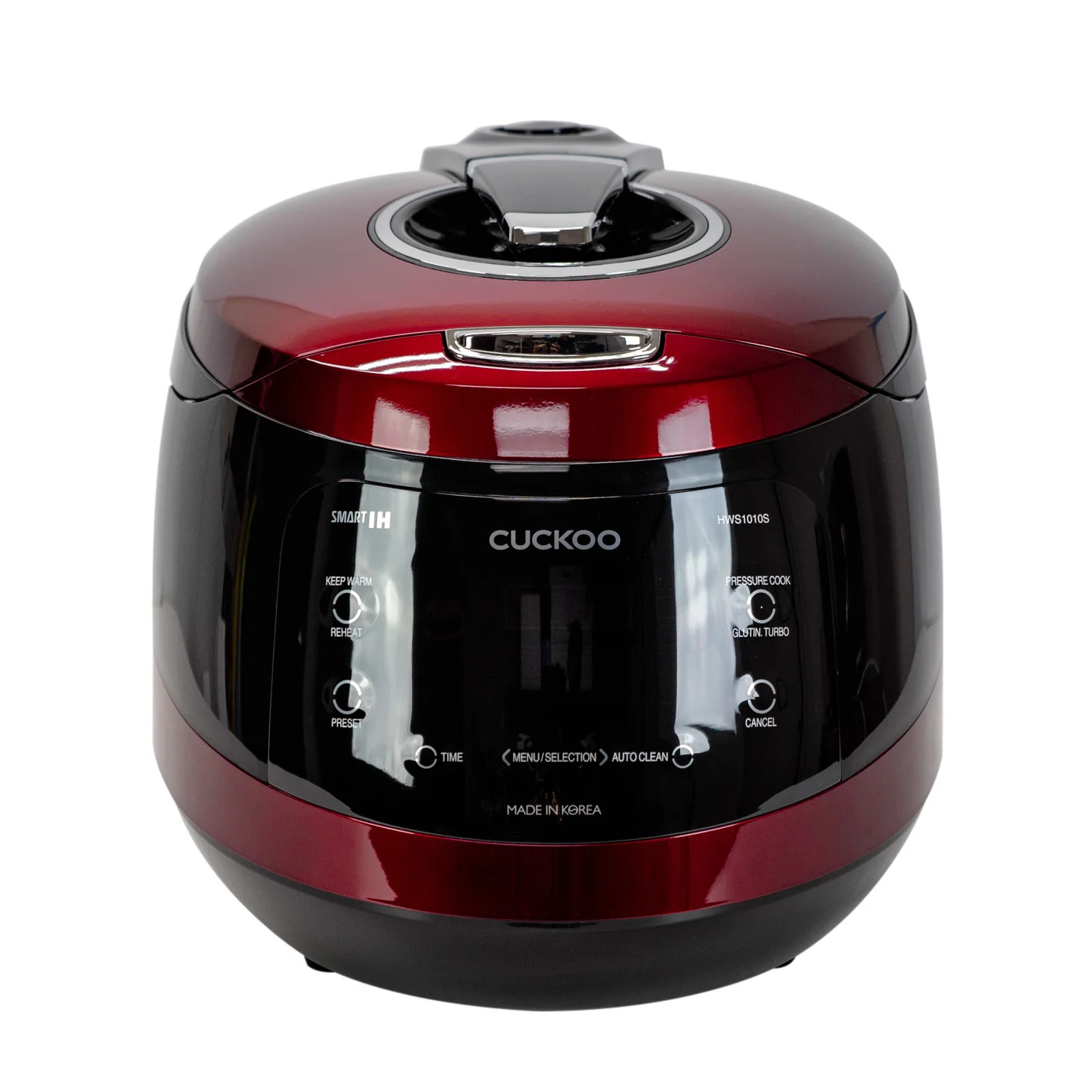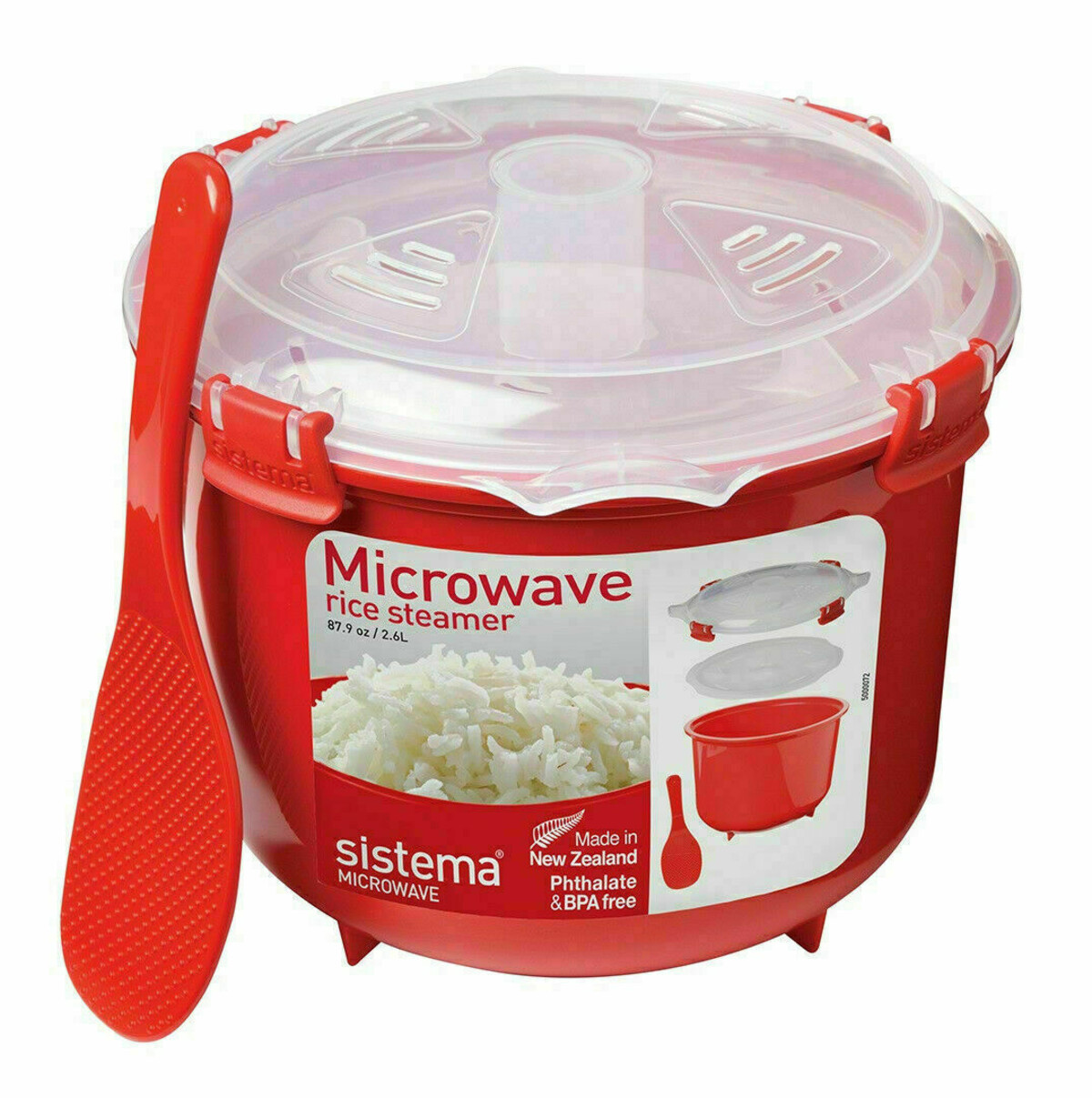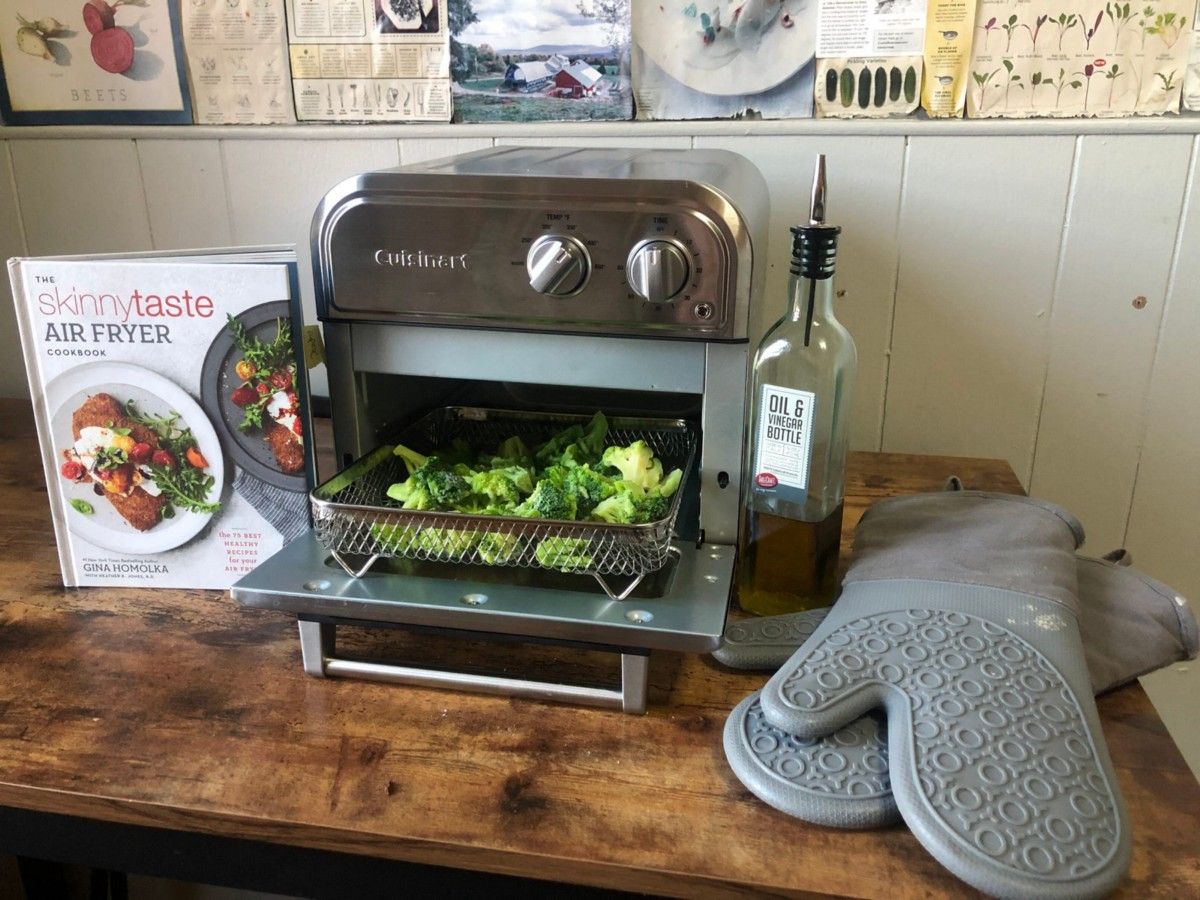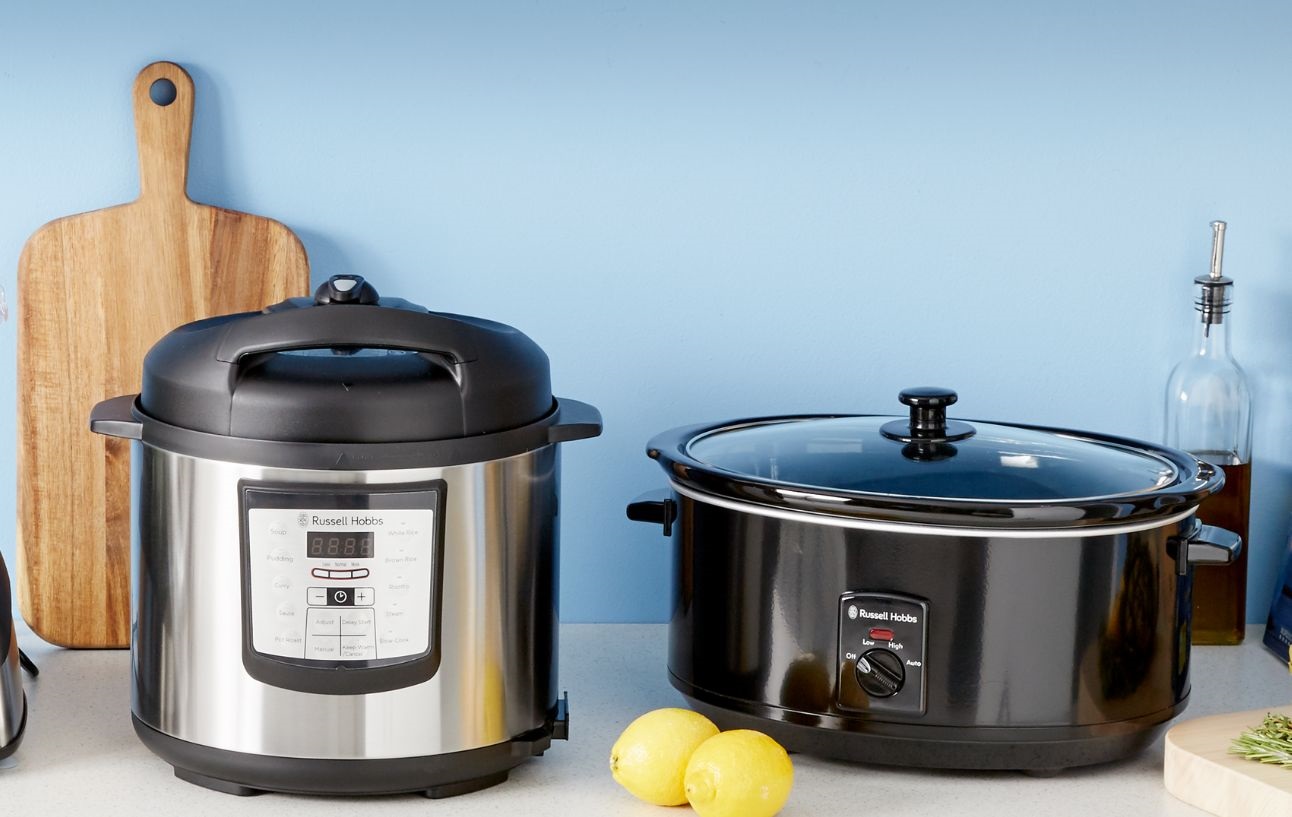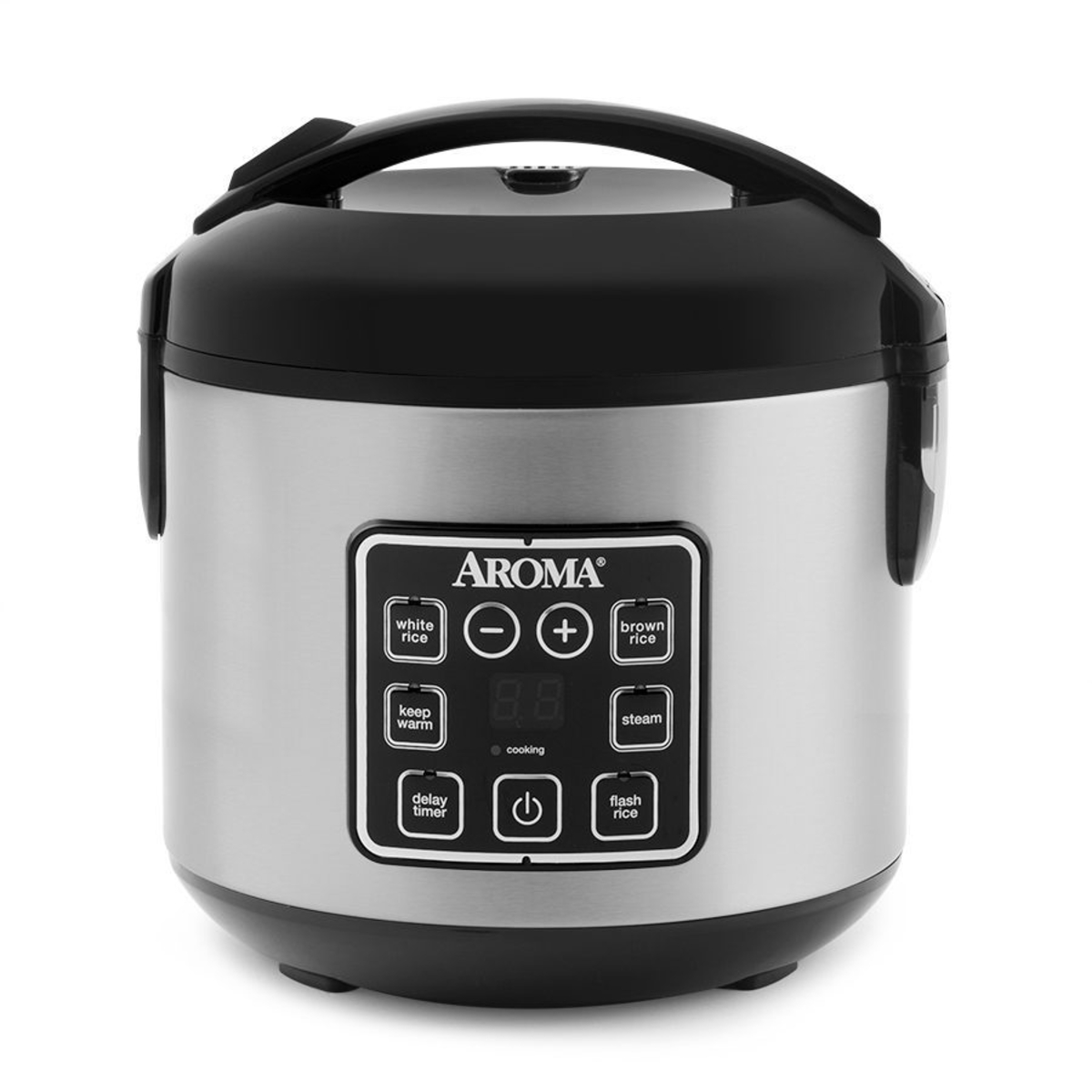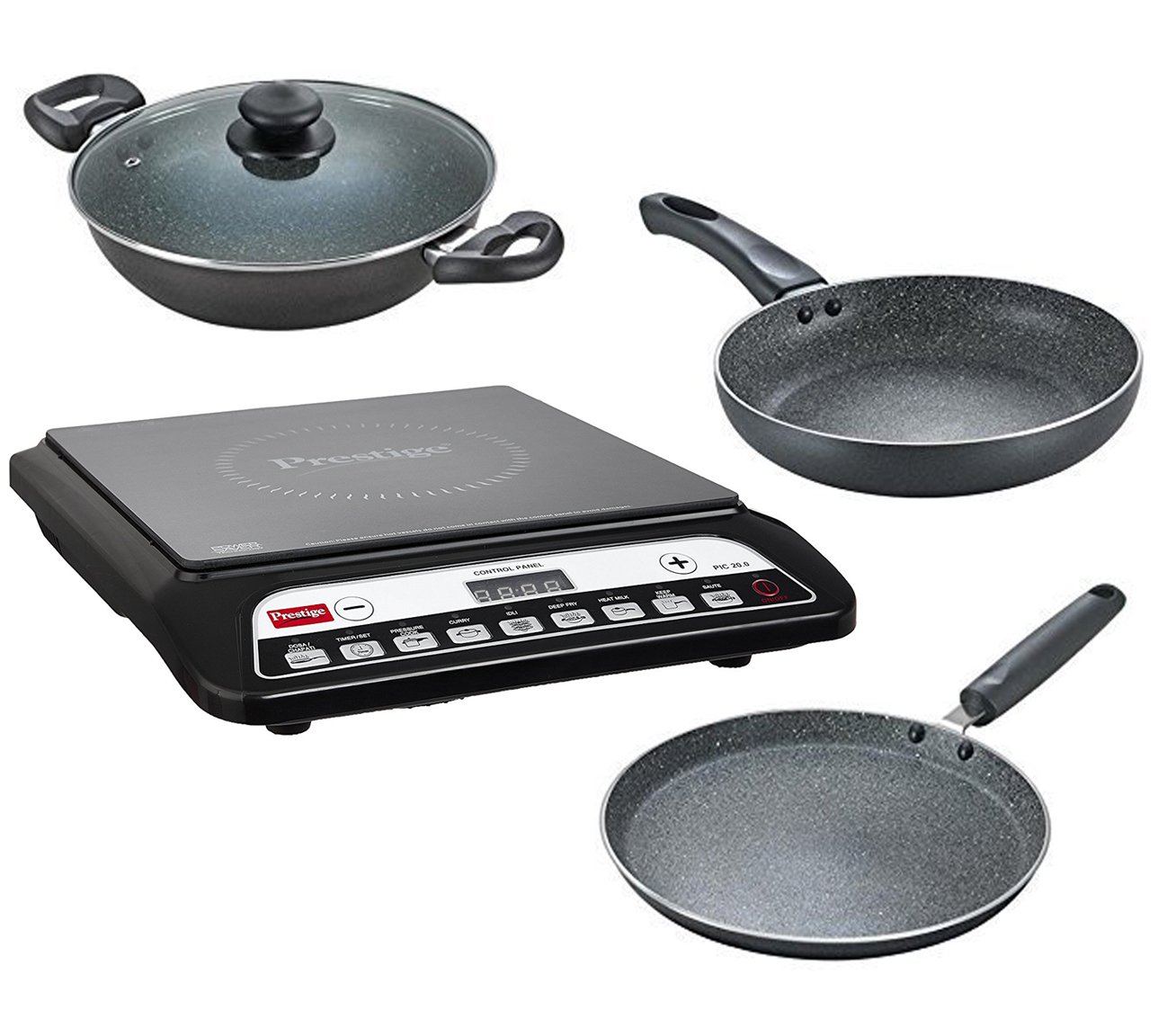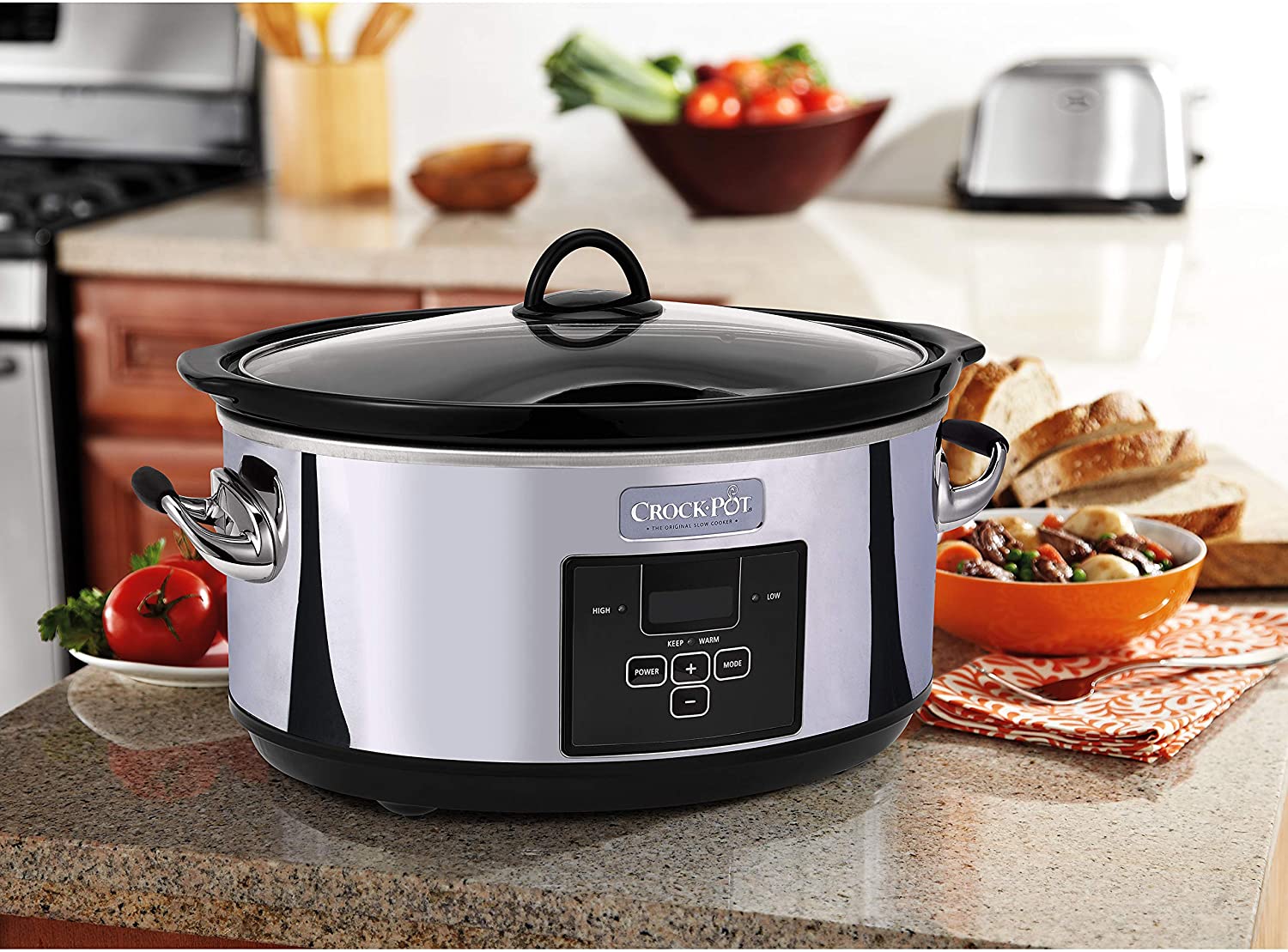Home> Time-saving Cooking
Time-Saving Cooking: Quick Meals for the Busy Chef
Discover the secrets of time-saving cooking. Make gourmet meals faster with our comprehensive guide. Perfect for busy chefs and home cooks!
10 Important Things To Know About Air Fryers: What I Wish I Knew
By: Oliver Mitchell • 45 Best Kitchen Storage Ideas You Can't Miss Out On
13 Incredible Aroma 8-Cup Rice Cooker And Food Steamer For 2024
By: Chloe Davis • Articles
